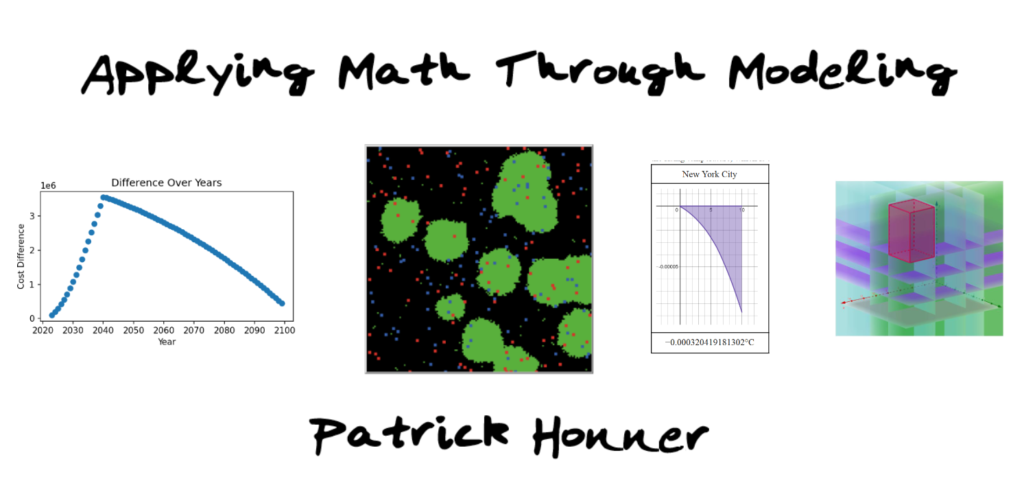Last night I ran a workshop for teachers about mathematical modeling. Modeling can be nebulous and overwhelming to those unaccustomed to applied math, so my goal was to give teachers an accessible introduction to the modeling process that allowed them to experience what distinguishes modeling from what might be considered “school math”.
The workshop was based on the work I’ve done building and running a mathematical modeling program at my school the past three years, where I’ve drawn heavily on resources from the Consortium for Mathematics and its Applications (COMAP) and modeling competitions like the MathWorks M3 Challenge.
Modeling is a wonderful way to get students doing authentic applied math, and even though I’ve got a lot to learn myself, I was happy to share what’s worked for me and my students as we have built our program.
Related Posts


